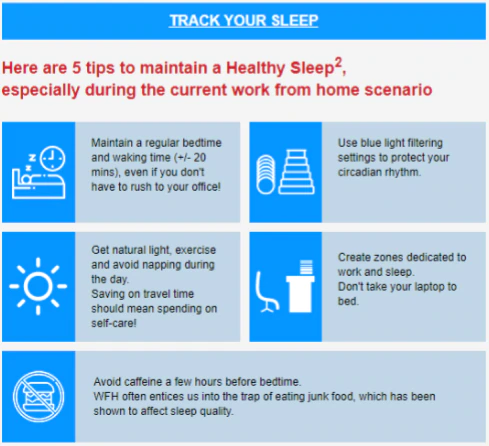CPAP and ventilation: Incredible role in an extraordinary time
Traditionally Continuous positive pressure CPAP ventilation has always been associated with its role as an air splint in obstructive sleep apnoea (OSA) to facilitate opening up the upper airways. This phenomenon helps in reducing sleep related breathing disturbances and in turn provide better sleep and an improvement in Apnea Hypopnea Index.
Extraordinary times demands extraordinary measures
But today we are in an extraordinary situation, where number of patients needing intensive care admission simply outnumbers the kind of ICU beds any nation would normally need. As, several studies suggest, around 5% of COVID-19 afflicted patients would need ICU admission which is overwhelming given the huge number of cases that builds up in a short span of time, consequent to the high infection rate of nCOV. To cater, ventilation to such large number of patients with our existing number of mechanical ventilators is simply not possible. Added to this, manufacturing supply chain has been disrupted across the globe, bringing in more misery.
Regulatory bodies rise to the occasion
Published data suggest that 5% of patients with COVID-19 require ventilation, with numbers rising to 89% for those in the intensive care unit (ICU). Of Clinical studies from China also pointed out that 47.2% received invasive ventilation and 41.7% received non-invasive ventilation (NIV).
On 5 March 2020, the U.S National Academy of Medicine indicated that the use of non-invasive ventilation therapy, such as continuous positive airway pressure (CPAP) or bilevel positive airway pressure (bi-level), could be a way to forestall the need for intubation and reduce days on a ventilator.
Subsequent to the about opinion paper, US FDA stepped in to describe as something, ‘If you want to help expand the production of ventilators to save American lives in this pandemic, we are going to work with you to sweep every possible barrier out of your way-FDA Commissioner Stephen Hahn”.
In ventilators, FDA went on to provide emergency approval for the use of devices indicated for sleep apnea to treat patients with respiratory insufficiency, provided that appropriate design mitigations are in place to minimize aerosolization. On a similar tone, MHRA UK, recognized the role that CPAP plays in the initial care of patients requiring respiratory support and NHS England went on to incorporate CPAP as a modality of respiratory support in COVID-19 escalation protocol.
Recommendation on CPAP Ventilation usage
NHS England (National Health Services) describes escalation to CPAP ventilation when patient is presenting with respiratory rate (RR)>20/min with SpO2<94 on FiO2>40%. Recommendation of trial CPAP includes well fitted full face mask with an initial pressure setting is around 10cmH2O with FiO2 0.6.
As per patient response, CPAP may be increased to 12-15 cm H2O with 60-100% oxygen. However, it is also mandated to comprehensively monitor the patient during CPAP trial as most CPAP devices will lack adequate alarms, which is a feature in Invasive mechanical ventilators.
Mask and circuit also plays an important role in the usage of CPAP. As British Thoracic Society (BTS) recommends, that on CPAP/NIV usage, well fitted non-vented full face mask is required with an anti-viral/bacterial filter between mask and exhalation port to prevent any droplet contamination. The anti-viral/bacterial filter has to be changed every 24 hr.
COVID-19 phenotype and CPAP
As described in the breaking review article by Dr Gattioni, two distinct phenotypes of COVID-19 patients have emerged, notably the L and H type. Type L has been described as Low elastance (i.e., high compliance), Low ventilation to perfusion ratio, Low lung weight and Low recruitability and Type H, characterized by High elastance, High right-to-left shunt, High lung weight and High recruitability. Type-L and Type-H are infact two ends of the same disease spectrum.
Current understanding suggests that in Type L patients with dyspnea, noninvasive options such as continuous positive airway pressure, or noninvasive ventilation can be considered with the lowest possible PEEP.
Aerosolization and CPAP
Recent data suggest that NIV/CPAP produce large droplets (>10µm) rather than aerosols and this is largely confined to 1metre spread. This phenomenon suggest that risk of droplet spread is similar to someone coughing due to a respiratory illness. This issue would be further reduced if the patient has a well-fitted non-vented full face mask or helmet with an anti-viral/bacterial filter between the mask and the exhalation port in a single limb circuit.
So, as we scramble against time, we will have to perhaps use all the available munition in our inventory to mount effective response against COVID-19. CPAP is one such option available currently and very hopeful that more scientific evidences and recommendations will soon firm up our deterrence against COVID-19.
